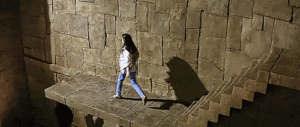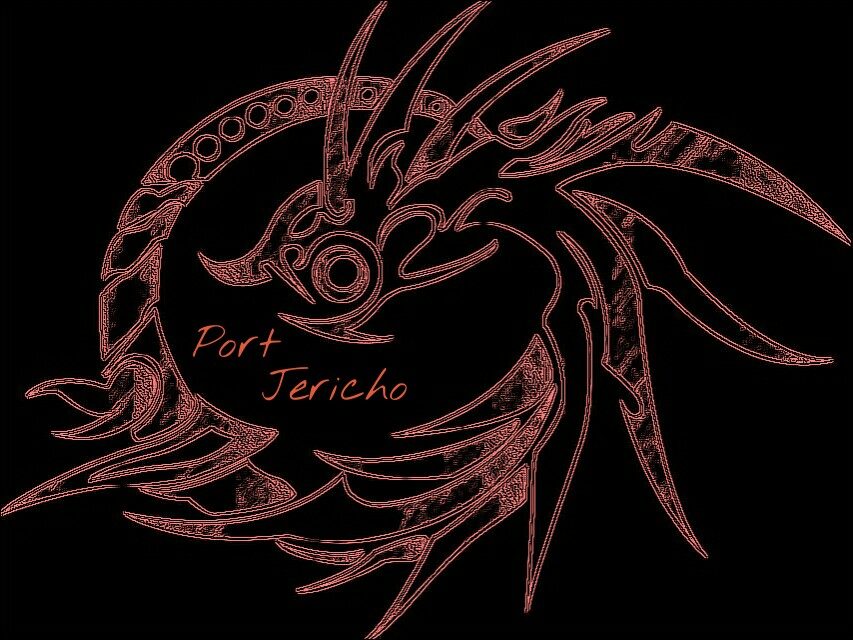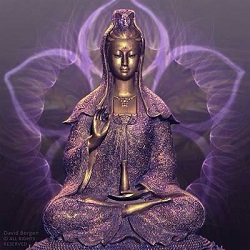Murdock sees the Heroine’s Journey as a process of individuation. This is another concept of Jungian archetypal psychology. Individuation is the process whereby a person integrates the various parts of themselves through successful resolution of inner conflicts. In short…the psychologist’s answer to spiritual alchemy.
***Here is a neat Youtube link about the process of individuation
https://www.youtube.com/watch?v=MeugIS2Mt7k#t=7
*Separation from feminine- a time of rejecting that which makes a woman a woman, either physically, psychologically or socio-culturally. Murdock sees this as a separation from the mother and the Mother archetype. It can be a time of anxiety.
*Identification with masculine and gathering allies- the heroine wishes to take on/possess some aspect of what it is to be masculine, usually because masculine oriented things are seen as inherently better within the culture. Males have more status. Often, the father is the first ally the heroine has, one who encourages the heroine and supports independence over being dependent.

*Road of Trials- the heroine has crossed the threshold from safety into the unknown and is now seeking ‘herself’, to know who and what she is, which is quite often a very rocky road to travel!
*Finding the illusory boon of success- the heroine may have achieved some level of success, but there are still those who oppose her and what she is trying to accomplish. Or she may seem to come close to her goals, only to have it snatched away at the last moment.

*Awakening to feelings of spiritual aridity; death- despite having achieved some success, the heroine has reached a point of wanting to give up, physically or psychologically.
*Initiation and descent to the goddess- this stage is usually heralded by some sort of life-changing event, often tragic. It is the alchemic dark night of the soul, a period of mental and emotional putrefaction/fermentation that seems like the darkest time in one’s life, yet, if weathered well, will produce some of the greatest and most beneficial changes. It is a process of transcending ego, of going deep within and finding the truth of who you really are and who/what you are truly capable of being.

Michael on prisoner transport
*Urgent need to reconnect with the feminine- surviving the previous stage usually leads to the heroine wishing to reclaim some aspect of the identity she shunned at the beginning of the journey. It is a time to reconnect with that which makes her feminine.
*Healing mother/daughter rift- the heroine needs to heal the literal or figurative rift between herself and the aspects of female culture that she had previously abandoned, often embodied in the form of her own mother-figure.
*Healing the wounded masculine- because balance is necessary and has not been present thus far, the heroine’s ‘masculine’ identity is now wounded and its flaws are present.
*Integration of feminine and masculine- the heroine manages to successfully integrate all aspects of herself into a fluid, functioning whole. This is the final stage of alchemic transformation, Coagulation, where the inner aspects of masculine and feminine are integrated. The heroine has learned how to happily and healthily fit into her world.

During the sections that follow, you will have a chance to explore a variety of heroic types. For some, I have detailed the parts of their journeys, following one of the formats above. Where convenient, I have laid out the full myth/story for you. For others, there are just too many stories! For these, I have provided links or offered book suggestions to help you on your way to further exploring these heroines.
*Frankel, Valerie, From Girl to Goddess: The Heroine’s Journey through Myth and Legend, 2010
*Murdock, Maureen, The Heroine’s Journey, 1990
Next up: The Mythic Feminine, Part 6: Descent of the Goddess: Inanna (Sumerian Myth)


